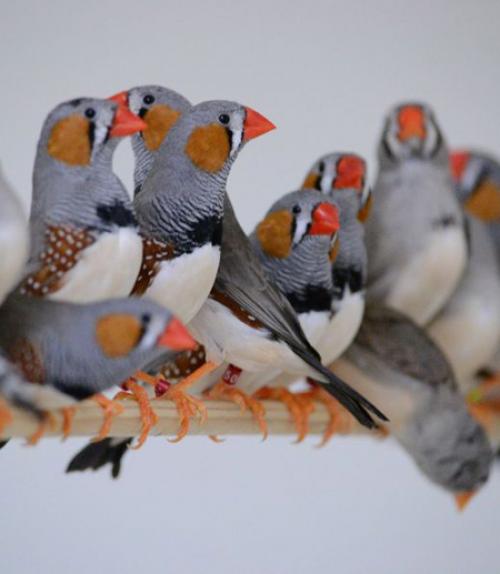MIchael Goldstein, associate professor of psychology and director of Cornell's Behavioral Analysis of Beginning Years (B.A.B.Y.) Laboratory, writes about his research into song-learning in birds with co-author Samantha Carouso-Peck, a biopsychology doctoral candidate in psychology, in this Scientific American article.
"Animals often experience the world in ways that are beyond human capacities; if we don’t take their perceptual systems into account, we may overlook sources of social information for that species," they write. "Solving the mysteries of animal behavior often involves immersing ourselves in their perceptual world. If they’re birds, it means taking a literal bird’s eye view of their behaviors."
The B.A.B.Y. Lab, the authors write, studies human infants, and is discovering parallel methods of learning in birds and babies.
"As adult human researchers studying infants and birds, we are aliens attempting to decipher a foreign way of perceiving the world," they write. "To discover the behaviors we cannot see ourselves, we need to pay attention to the reactions of the intended audience, be they parents responding to baby babbling, or female birds responding to male displays."
Read the entire Scientific American article.




